
When analyzing faith in the three modes in the Bhagavad-gita’s seventeenth chapter, Krishna focuses on three particular activities: yajna (sacrifice), dana (charity) and tapa (austerity).
Why these three activities in particular? Because they signify our conception and our faith about how we belong to the bigger units we are parts of: our universe, our society and our body. How we perform yajna (sacrifices for satisfying the gods who provide universal necessities such as heat, light, air, water and food) reflects how we conceive our relationship with the universe. How we perform dana reflects how we conceive our relationship with society. How we perform tapa reflects how we conceive our relationship with our body.
Because yajna, dana and tapa were foundational religious activities during the times of the Mahabharata, they were done by everyone, even by those Arjuna was fighting against. For example, Duryodhana had performed a massive yajna called the Vaishnava-yajna. Though the name indicated that the yajna was meant to propitiate Vishnu, Duryodhana had no interest in satisfying Vishnu. He had made his apathy unambiguously clear when he had arrogantly rejected Krishna’s peace proposal, even after Krishna had revealed his universal form, thereby demonstrating his divine status as Vishnu. If Duryodhana was so apathetic toward Vishnu, why had he performed that sacrifice? Because he was interested only in the reputation coming to the performer of such a glorious sacrifice that rivaled the majestic Rajasuya sacrifice Yudhishthira had performed. Thus, Duryodhana’s sacrifice fell in the mode of passion (17.12).
Some people might mistake such external actions as signs of divine faith and think that Duryodhana had divine faith. Lest Arjuna end up in their ranks, Krishna’s analysis helped him see beyond externals — consider not just people’s actions, but also their motivations.
One-sentence summary:
By analyzing even religious activities through the prism of the three modes, Krishna equips us to discern the non-religious or even irreligious motives of people performing such activities.
Think it over:
- What is the significance of yajna, dana and tapa?
- What was wrong with Duryodhana’s performance of yajna?
- How did Krishna’s analysis of yajna, dana and tapa help Arjuna?
***
17.12: But the sacrifice performed for some material benefit, or for the sake of pride, O chief of the Bharatas, you should know to be in the mode of passion.
To know more about this verse, please click on the image





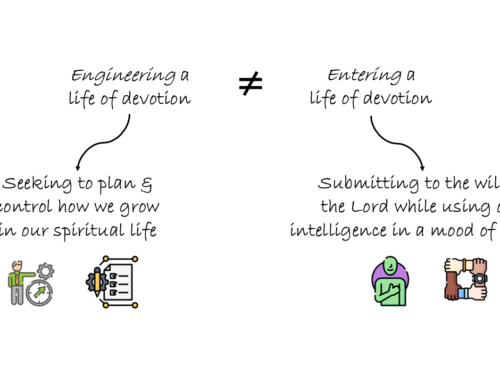

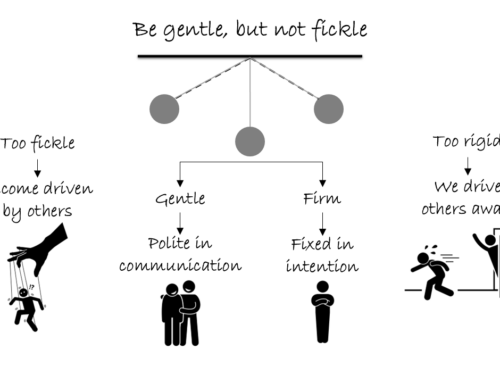

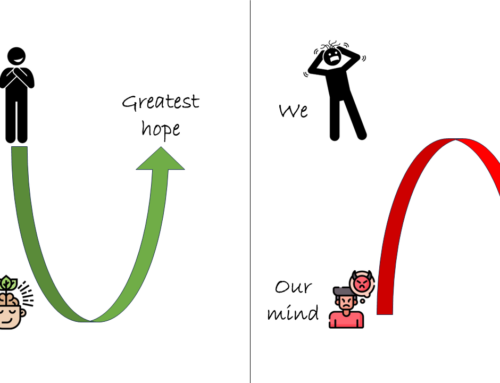


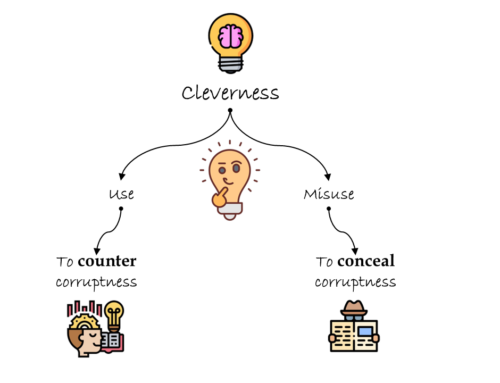



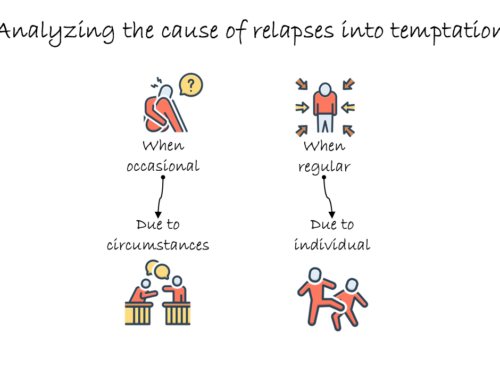

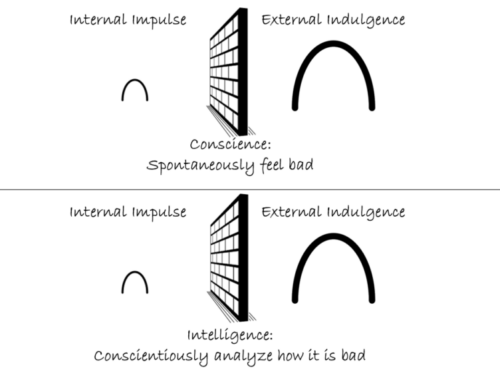

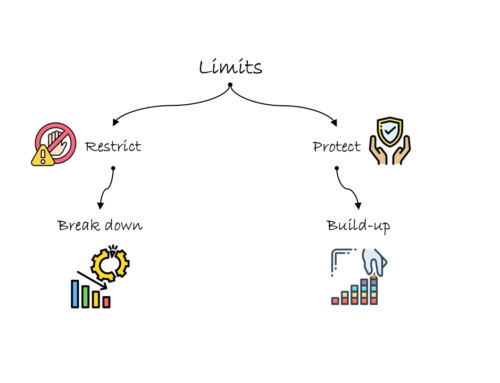
Leave A Comment